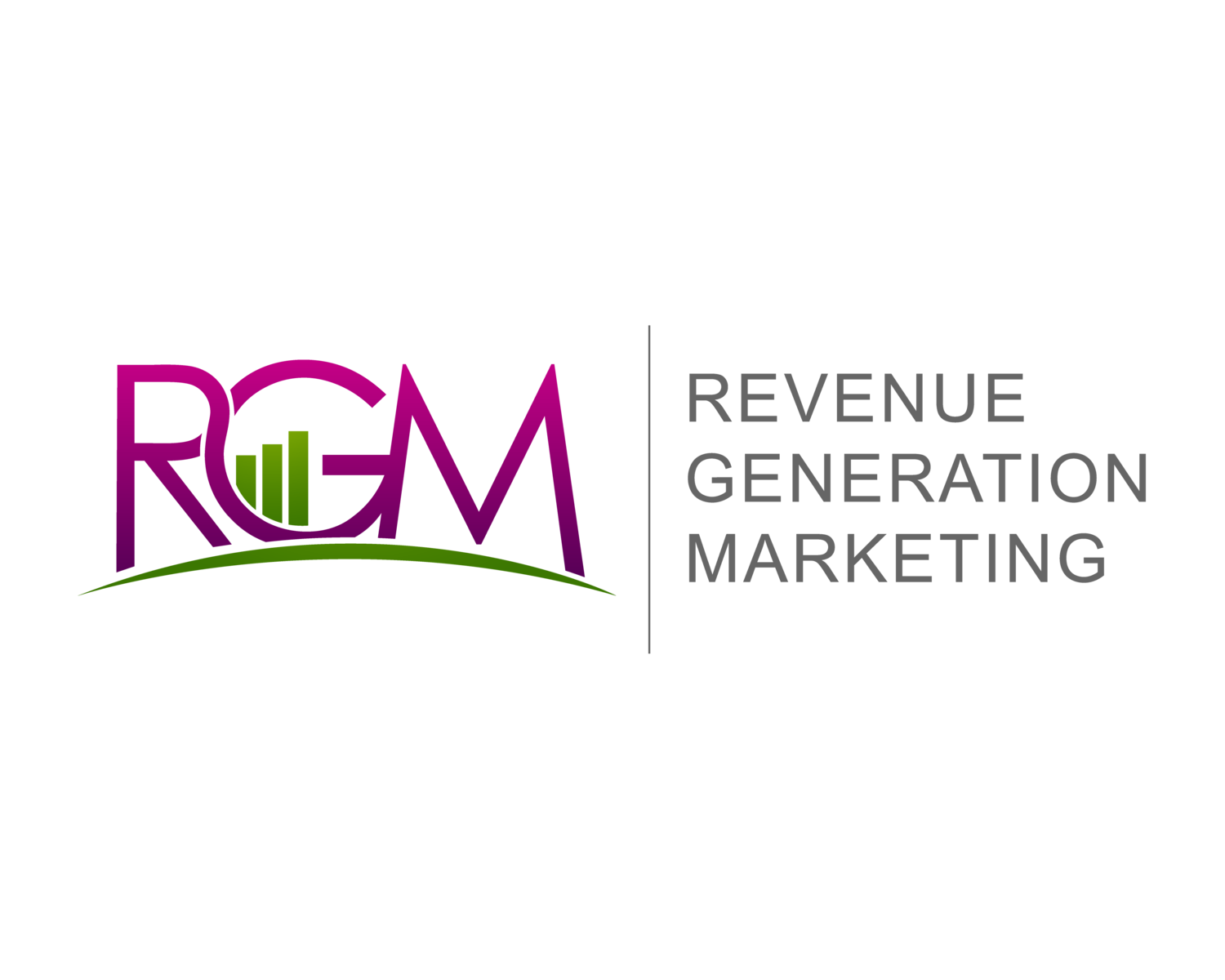How to create Sales Enablement content that sales teams love
/If you know me, you know I started my career in sales. It was the early 2000’s, and I was cold calling. It was horrible. I have never forgotten the pain of picking up the phone and getting “no” after “no.” It’s one of the reasons I love working so closely with sales teams and new founders. Selling is hard, but once it works, it’s magical. That feeling of being able to solve a problem with your solution, quickly recognizing product-market fit, and being able to clearly communicate value?!? MAGIC!
But, that doesn’t happen overnight, it happens when sales and marketing teams can work together to understand and develop content (demos, sell sheets, landing pages, campaigns, events) that either generate revenue faster or help sales teams identify deals they should walk away from faster. In order to identify and create content that sales teams will use, start by:
Understanding your audience: not your potential buyers, but your salespeople. Know what it’s like for them to get hung up on, know what it’s like when they get the deal to the proposal stage only to get told that they lost to a competitor, and know what it’s like to win a really hard-fought deal. As marketers, the only way you can really understand this is to ask and watch and listen. This is not the time where you think or assume. This is the time where you are curious. Being curious is the best skill a marketer can have, but as a marketer responsible for sales enablement content, curiosity is the only way you will win.
It’s worth noting here that I am assuming marketers know their prospects, but if that is still unknown, take some time to talk to your sales teams and customer teams and develop your personas. Who is buying? Who is blocking? Who is signing? Defining and understanding the pain points of your prospects should be done before you engage your sales teams for content.
Understand the process: There are content pieces that can be used at different stages in the sales cycle that help sales teams either move prospects through the funnel or out of it. In either case, the faster the salesperson can move the prospect through a stage the better. So, as a marketer, know your stages, know what moves deals from one stage to another, know what needs to be answered or “checked-off” in order to get from Discovery to Qualified to Demo to Tech Review to Contract to Won.
Get creative: Once you understand your sales team, the challenges they face, the process they go through to get a deal to the finish line, think about how to remove the obstacles your prospects face. Do they need a presentation to be able to share with their boss that outlines successes of the trial? Do they need to be able to whiteboard their challenges to other teams to get their support to invest in this software? Do you need to try out different mediums: calculators, demos, videos, testimonials, in-person meetings at events? Go beyond the traditional: discovery questions, deck, PDF, and technical demo.
Test and Tweak: Just as any good lead generation team does, there’s nothing wrong with trying something and watching it fail. Part of testing is trying something on a small scale and then going “all-in” on it. I’ve always worked with 1-3 salespeople to test out content and get feedback before rolling out to the entire organization.
Find your advocates: Just like your demand gen team will find customer advocates, product marketers need to find their internal advocates. In your test and tweak stage, you probably worked with salespeople who were hungry to try something different. Use those same folks as your advocates for the rest of the sales teams. If salespeople are seeing success, they’ll brag about it and then you won’t be able to keep that content on the shelves.
Getting sales teams to use sales enablement content is one of the hardest sales jobs you’ll have as a marketer, by front-loading the process with a lot of listening and curiosity, you’ll find success faster.



